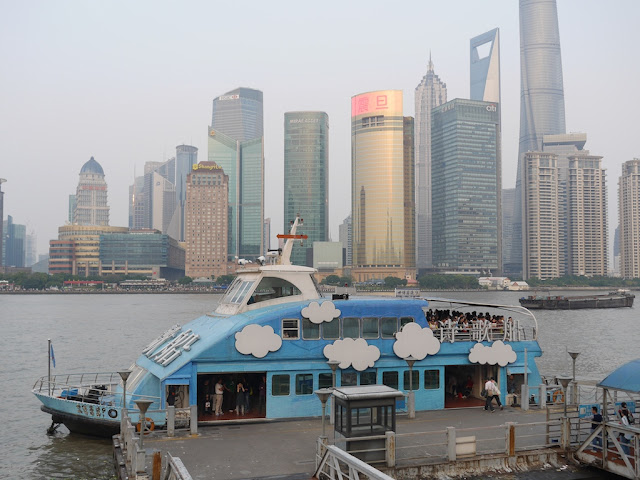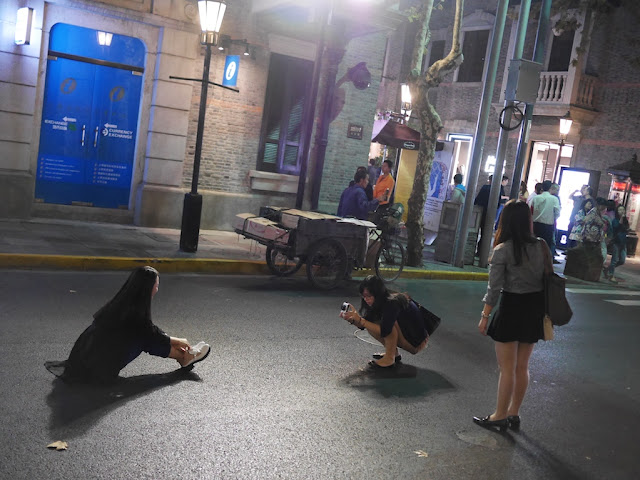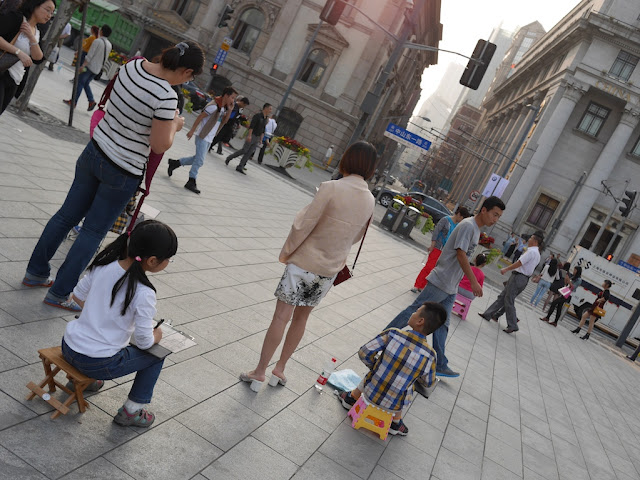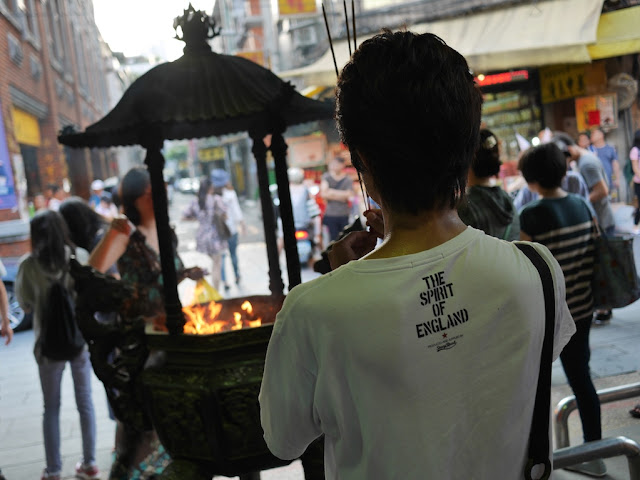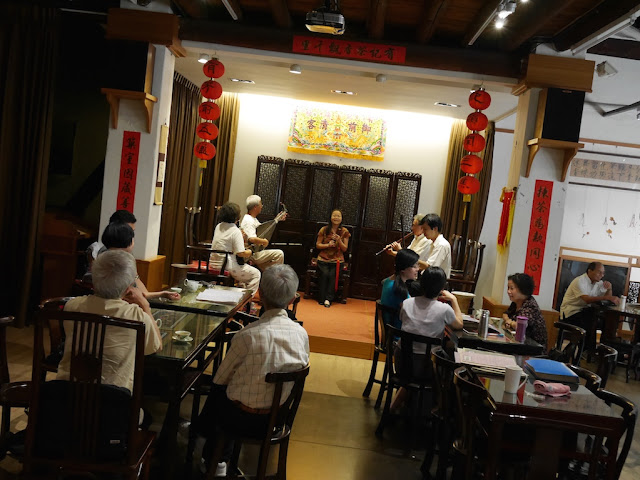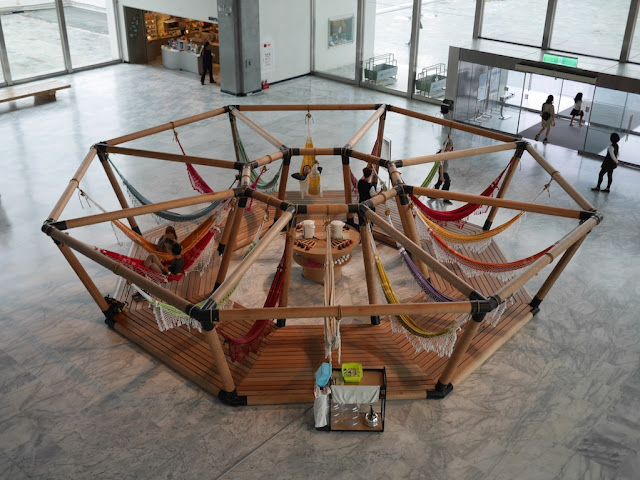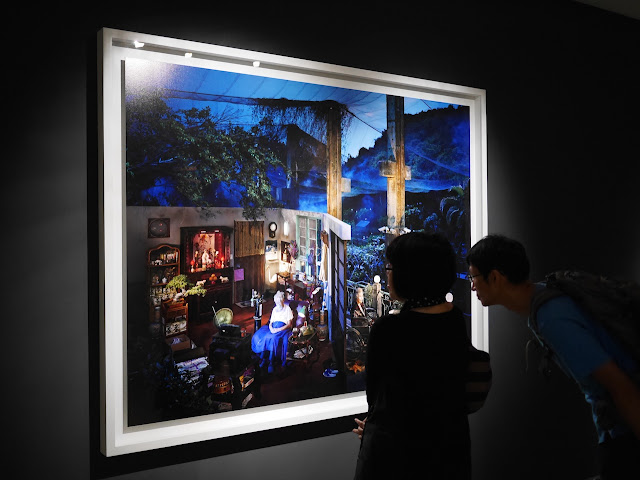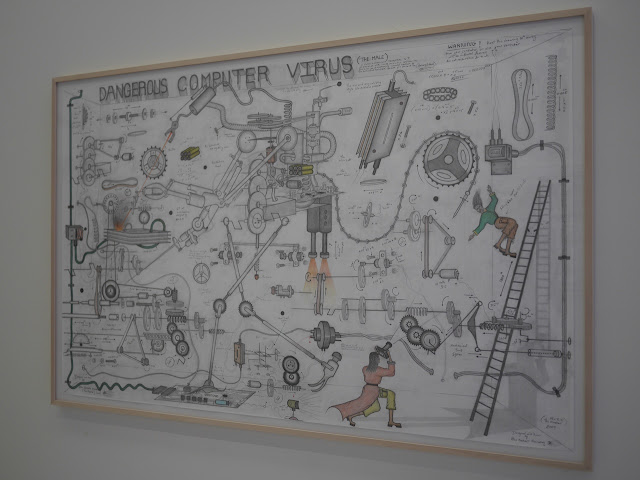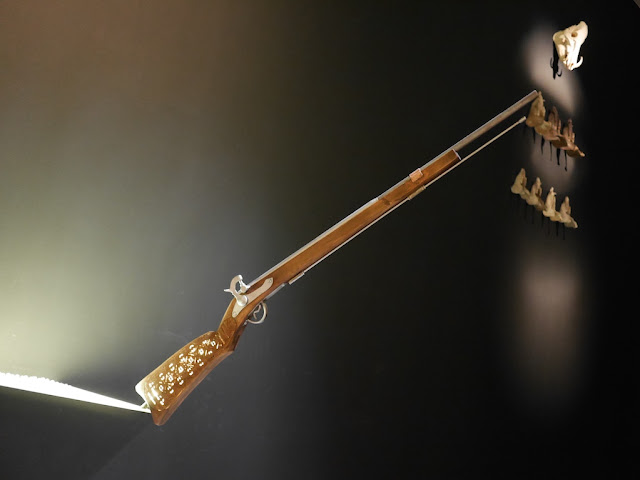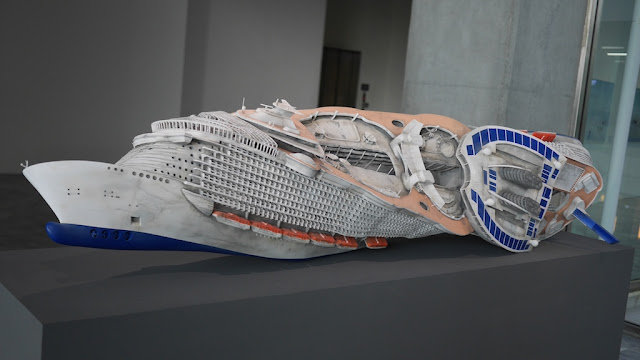It isn't high-speed rail . . .
. . . but it has a scenic view. Unlike a roller coaster in Hengyang, Hunan, I passed on taking a ride—which costs 20 RMB (US $3.27) for two people, more than a ferry or an M&M's World bus-train.
 |
| At Zhongshan Park in Shanghai |
. . . but it has a scenic view. Unlike a roller coaster in Hengyang, Hunan, I passed on taking a ride—which costs 20 RMB (US $3.27) for two people, more than a ferry or an M&M's World bus-train.


